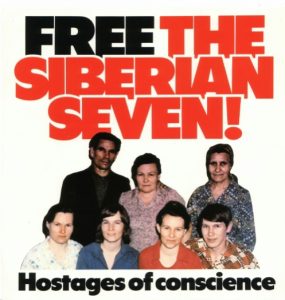SEVEN BRIDES FOR SEVEN TEXAS RANGERS
By Vickie McDonough
and others
No One Is Too Tough to be Loved
Join seven Texas Rangers on the hunt for a menacing gang, who run straight into romances with women who foil their plans for both the job and their futures.
Partners in Crime by Vickie McDonough
Micah McCullough, a Texas Ranger working undercover in the Markham gang, is tasked with guarding Laurel Underwood, a silversmith, who was kidnapped to create plates for printing counterfeit money. Laurel knows she doesn’t have the expertise. Her only option is to stall and seek escape. What will the outlaws do when they learn her secret?
Micah McCullough, a Texas Ranger working undercover in the Markham gang, is tasked with guarding Laurel Underwood, a silversmith, who was kidnapped to create plates for printing counterfeit money. Laurel knows she doesn’t have the expertise. Her only option is to stall and seek escape. What will the outlaws do when they learn her secret?
THE PERFECT BRIDE
By Debbie Lynne Costello
Avice Touchet has always dreamed of marrying for love and that love would be her best friend, Philip Greslet. She’s waited five years for him to see her as the woman she’s become but when a visiting lord arrives with secrets that could put her father in prison, Avice must consider a sacrificial marriage.
Philip Greslet has worked his whole life for one thing—to be a castellan—and now it is finally in his grasp. But when Avice rebuffs his new lord’s attentions, Philip must convince his best friend to marry the lord against his heart’s inclination to have her as his own.
BANDOLERO
By Nancy Farrier
Yoana Armenta’s reckless behavior results in her being captured by bandoleros, Yoana fears her impulsive nature has caused irreparable disaster. Amado Castro gave a deathbed promise that he intends to keep – at all costs - even if he must break a childhood vow. When his choice endangers Yoana’s life, he struggles with the decision to honor his word, or to protect Yoana, whom he has come to care for more than he could have imagined. Now as the bandoleros threaten to sell Yoana and her tía to a fate worse than death, and the rancheros want to hang Amado, they must make choices. Will they trust God, or will they do what seems right to them?
THE WIDOW'S PLIGHT
by Mary Davis
When Lily Lexington Bremmer arrives in Kamola with her young son, she’s reluctant to join the social center of her new community, the quilting circle, but the friendly ladies pull her in. She begins piecing a sunshine and shadows quilt because it mirrors her life. She has a secret that lurks in the shadows and hopes it doesn’t come out into the light. Dark places in her past are best forgotten, but her new life is full of sunshine. Will her secrets cast shadows on her bright future? Widower Edric Hammond and his father are doing their best to raise his two young daughters. He meets Lily and her son when they arrive in town and helps her find a job and a place to live. Lily resists Edric’s charms at first but finds herself falling in love with this kind, gentle man and his two darling daughters. Lily has stolen his heart with her first warm smile, but he’s cautious about bringing another woman into his girls’ lives due to the harshness of their own mother. Can Edric forgive Lily her past to take hold of a promising chance at love?
THE WIDOW OF ROSE HILL
By Michelle Shocklee
Widowed during the war, Natalie Ellis finds herself solely responsible for Rose Hill plantation. When Union troops arrive with a proclamation freeing the slaves, all seems lost. How can she run the plantation without slaves? In order to save her son’s inheritance she strikes a deal with the arrogant, albeit handsome, Colonel Maish. In exchange for use of her family’s property, the army will provide workers to bring in her cotton crop. But as her admiration for the colonel grows, a shocking secret is uncovered. Can she trust him with her heart and her young, fatherless son?
REVEALING LIGHT
By Marilyn Turk
Sally Rose McFarlane follows her dream of being a teacher when she accepts a position as governess in post-Reconstruction, Florida. A misunderstanding of her previous experience in Ohio forces her to keep a secret to retain her job. When she learns about the recent Jim Crow laws, she realizes she also has to hide her bi-racial ancestry.
When Bryce Hernandez, former Pinkerton agent, becomes a law partner to Sally Rose’s employer, he and Sally Rose become involved with each other to stop a smuggling operation involving their employer’s dishonest business partner.
What will happen the family Sally Rose works for learns the truth of her work experience and her parents? How will Bryce react when he finds out? And will anyone find her when she’s captured by smugglers, or will it be too late?
When Bryce Hernandez, former Pinkerton agent, becomes a law partner to Sally Rose’s employer, he and Sally Rose become involved with each other to stop a smuggling operation involving their employer’s dishonest business partner.
What will happen the family Sally Rose works for learns the truth of her work experience and her parents? How will Bryce react when he finds out? And will anyone find her when she’s captured by smugglers, or will it be too late?































